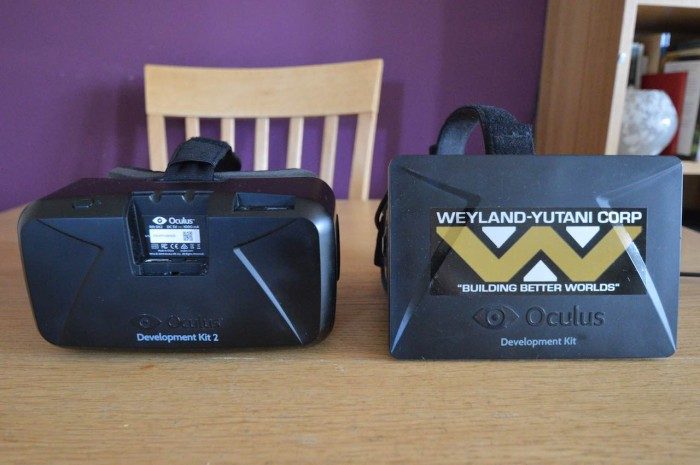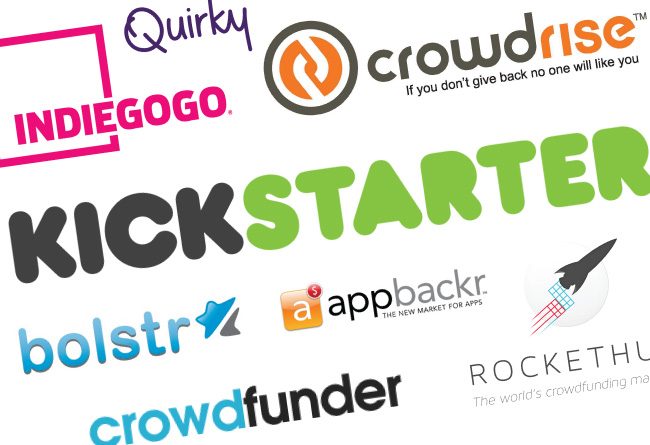Guest writer Sebastian Bos takes a historical look at virtual reality’s affinity and maturity has been symbiotic with the growth in popularity of crowdfunding platforms like Kickstarter. Although, as Sebastian explores, it hasn’t always been plain sailing.


In the past decade, the Internet has fundamentally transformed the business landscape. The earliest ecommerce sites allowed companies to crop up almost overnight, without costly physical retail space or huge stocks of inventory. Online shopping has given small businesses the opportunity to sell their products and services across the globe, vastly expanding markets in every industry imaginable. So today, the distance between ideas and their fruition is smaller than ever. Entrepreneurial power is increasingly distributed and many of the traditional barriers to entering the business world have been torn asunder.
So to the already long line of web-based business innovations, crowdfunding represents an invaluable recent addition. When Kickstarter launched on April 28, 2009, it created a collaborative platform for artists, entrepreneurs, and small-time investors unlike anything the world had ever known. Six years later, it has hosted contributions from over 2.2 million people, netting nearly $320 million dollars in funding for some 18,000 projects. Kickstarter empowers the little guy and gives startups of all shapes and sizes the much-needed impetus to push boundaries and take risks.


The public response was tremendous. The developers had set a goal of $250,000. Yet more than 9,500 contributors gave $2.4 million to demonstrate their support, fuel the birth of this long-wished-for technology, and receive early developer kits to play with. The Oculus developers went straight to the masses in the early stages of their project, bypassing the tough work of convincing deep-pocketed investors to get on board. By doing so, they not only jumpstarted their project, but also proved to the world just how enthusiastic the market for virtual reality is. With the help of crowdfunding, they essentially created (or recreated) an industry almost overnight. Without this platform that allowed them to appeal to the masses, it probably never would have happened. The VR industry would probably still be a pipe dream.
But Oculus isn’t the only VR developer to be launched with the help of crowdfunding. In fact, most of the tech on Nabru’s recent “17 Coolest Gadgets” infographic was supported through crowdfunding. In 2014, for example, Avegant’s Glyph personal theater display received $1.5 million from its Kickstarter campaign, shattering its $250,000 goal in just four hours. And, of course, Kickstarter is just one of many new crowdfunding platforms to have cropped up in recent years. Indiegogo offers investors equity in the companies they help launch, Fig is specifically dedicated to crowdfunding video games, and Smallknot is a platform to help people support local businesses and projects in their hometowns. And for projects like the Cicret Bracelet, for which established platforms like Kickstarter and Indiegogo aren’t a good fit, a well-built website can serve as a crowdfunding tool in its own right. Cicret has used their site to garner contributions from over 7000 backers via PayPal.
Crowdfunding Isn’t For Everyone
Of course, crowdfunding isn’t without it’s drawbacks, and it hasn’t always been a boon for the VR community. Since Sixense raised over $600,000 in its 2013 Kickstarter campaign for VR-focused wireless motion controller ‘STEM’, it has repeatedly postponed its ship date for the kits it promised contributors. After almost a year of delays, Sixense is refusing to refund its frustrated supporters. Another 2013 Kickstarter campaign for vrAse googles has a similar story: They raised over £66,000 from 782 supporters, promised their units in early 2014, and (after a fraud investigation by the Scottish Police) still haven’t shipped the promised tech. Perhaps most egregiously of all, after 681 backers contributed more than a quarter million dollars to bring the ANTVR to life, they received kits that never worked! Though the company has promised to update and send everyone new units, contributors are still waiting.
Over time, stories like these have had the unfortunate effect of shifting the way people use Kickstarter. Whereas it started as a forum for emerging companies to garner support and launch budding projects, it has been gradually co-opted by established companies who use it as a pre-sales platform and buzz-builder for projects that are already well under way. Unfortunately, backers have more incentive to support bigger companies who are in better positions to deliver on their promises than the riskier startups.
Yet despite the downsides, crowdfunding is nonetheless invaluable to the tech world insofar as it allows the market to speak more directly than ever. In the past, companies had no option but to develop products they thought the public would like, then release them, hope for the best, and adjust their development strategies based on sales. It is a long, costly, and clumsy model for development—and it was holding back innovation. Now that crowdfunding has arrive in the development process, giving companies a push in the right direction and the confidence to make big investments in risky tech. Crowdfunding has given new life to the virtual reality industry. We can only imagine what it might give birth to next.


